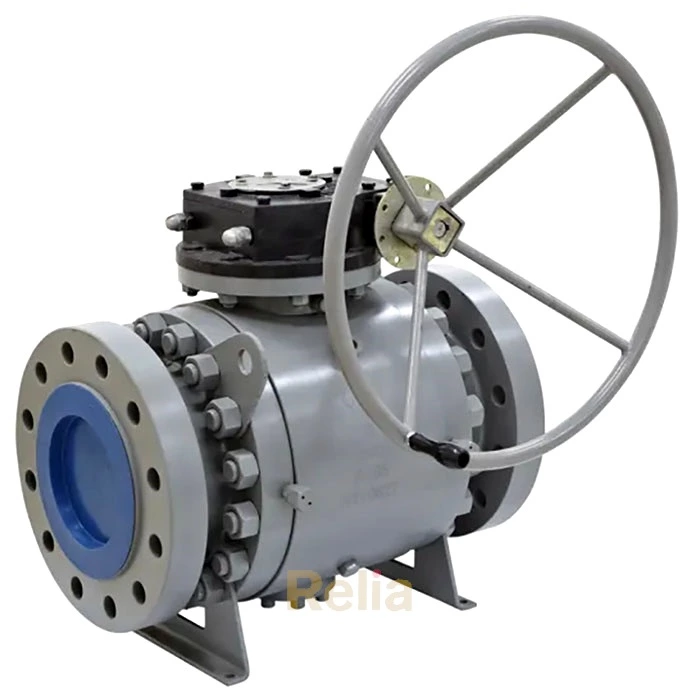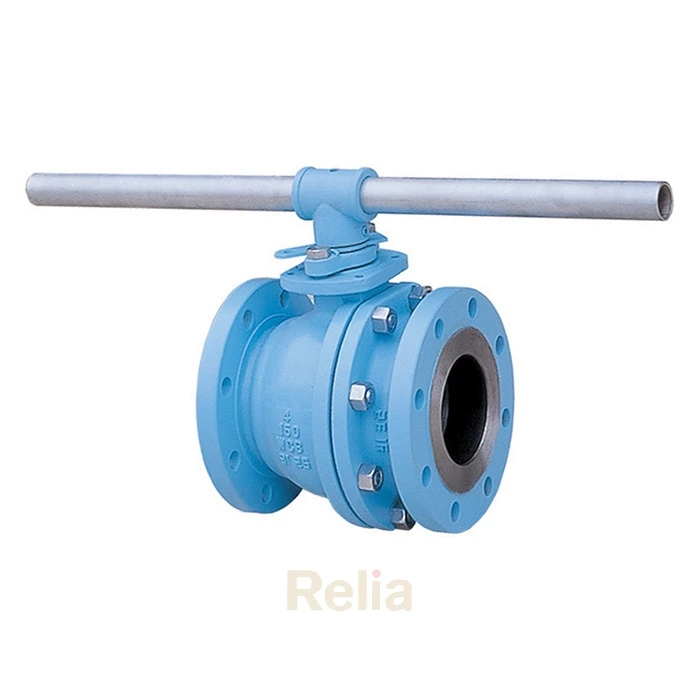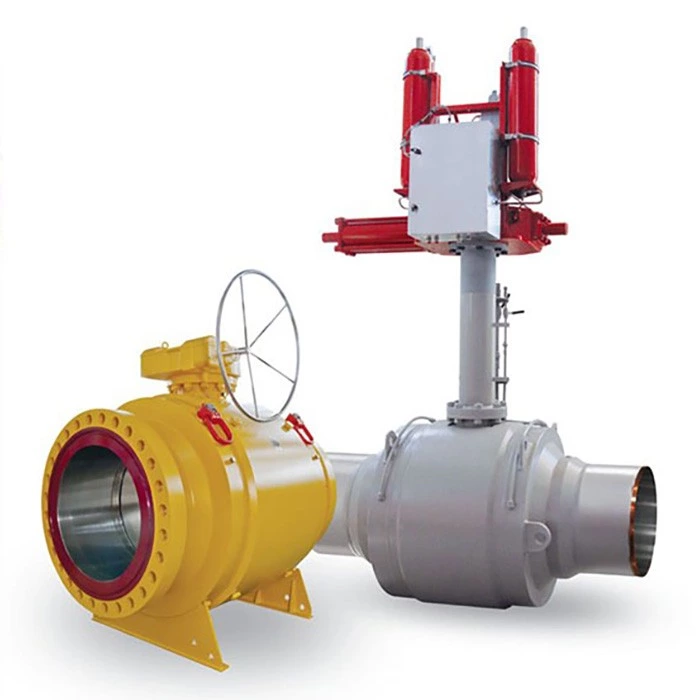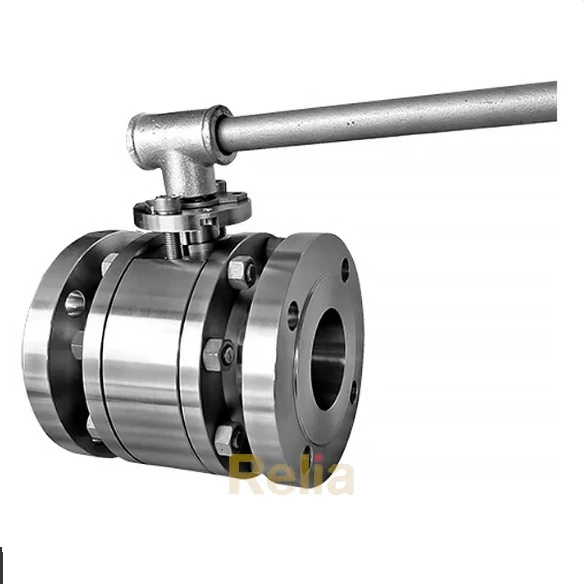Key Factors Affect Ball Valve Torque Value
1. Seat Material (Major Influence)
- Soft seats (PTFE, PEEK, Nylon, Delrin): Lower friction → lower torque
- Metal seats (Stainless Steel, Inconel): Higher friction → higher torque
2. Ball Material & Surface Finish
- Smooth chrome-plated or polished balls reduce friction → lower torque.
- Rough or coated balls (e.g., tungsten carbide) increase friction → higher torque.
3. Seal Type & Design
- Floating ball valves rely on seat compression → higher torque.
- Trunnion-mounted ball valves reduce seat friction → lower torque.
- Spring-loaded seats maintain sealing with less torque increase over time.
4. Operating Pressure & Differential Pressure (ΔP)
- Higher upstream pressure forces the ball against the seat → increases torque.
- High ΔP (pressure drop) requires more force to break the seal → higher breakaway torque.
5. Valve Size (Bore Diameter)
- Larger valves (e.g., 12" vs. 2") have more surface area → higher torque.
- Torque typically increases with the square of the diameter.
6. Temperature Effects
- Cold environments: Soft seats (PTFE) harden → higher torque.
- High temperatures: Metal seats expand → possible galling, increasing torque.
7. Lubrication & Coatings
- Dry operation (no lubrication) increases friction → higher torque.
- Self-lubricating seats (graphite-filled PTFE) reduce torque.
- Coatings (e.g., DLC, Teflon) lower friction.
8. Stem Design & Packing Friction
- Stem sealing (graphite, PTFE packing) adds resistance.
- Stem diameter & length: Thicker/longer stems require more torque.
9. Actuation Method (Manual, Pneumatic, Electric)
- Manual valves: Torque affects handle effort.
- Automated valves: Must match actuator torque rating.
Summary of Dominant Factors:
| Factor | Effect on Torque |
|---|---|
| Soft Seats (PTFE, PEEK) | Lower running torque, higher breakaway torque |
| Metal Seats | Higher torque, better for high-pressure/temp |
| Floating vs. Trunnion | Trunnion has lower torque |
| High Pressure (ΔP) | Increases torque significantly |
| Large Valve Size | Torque increases exponentially |
| Low Lubrication | Higher friction → more torque |
How to Reduce Torque?
✔ Use PTFE/PEEK seats for low friction.
✔ Choose trunnion-mounted ball valve for large/high-pressure valves.
✔ Ensure smooth ball surface finish.
✔ Consider self-lubricating coatings.
✔ Select proper actuator sizing for automated valves.





